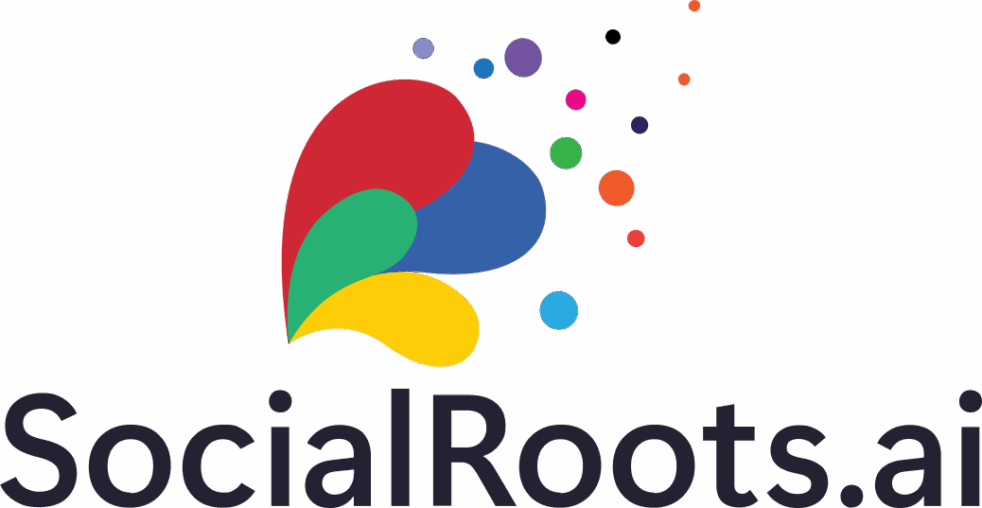In today’s world, volunteers play a vital role in driving the success of non-profit organizations, community-driven initiatives, and events. Managing volunteers effectively can be a challenging task, especially when dealing with large numbers of individuals, diverse projects, and varying schedules. This is where a robust Volunteer Management System (VMS) comes into play. A well-implemented system can streamline operations, improve volunteer experiences, and ensure your team is better equipped to achieve its mission. Here, we will explore the critical aspects of VMS implementation and how it can transform the way you manage your volunteer workforce.
The Need for a Volunteer Management System
A Volunteer Management System is a tool designed to simplify the recruitment, scheduling, and tracking of volunteers. Without such a system, organizations might struggle with maintaining records, ensuring proper volunteer training, managing shift schedules, and even recognizing volunteers’ contributions. This can result in inefficiencies, communication breakdowns, and missed opportunities to engage and retain volunteers.
Non-profit organizations often operate with limited resources, making it essential to optimize processes. A well-designed VMS can help reduce administrative costs and free up valuable time for team members. It offers a central platform where administrators can manage volunteer information, track hours, match volunteers to suitable tasks, and analyze data to improve future volunteer programs.
Key Features of a Volunteer Management System
A Volunteer Management System is not just a tool for scheduling shifts. It comes with a wide range of features designed to optimize every aspect of volunteer coordination. Let’s break down the key components that make a VMS effective:
1. Volunteer Recruitment and Onboarding
A successful volunteer program begins with the right recruitment strategy. A VMS allows organizations to post volunteer opportunities on a centralized platform, making it easier for potential volunteers to browse and sign up. Automated forms and applications streamline the onboarding process, ensuring that all necessary information is collected before volunteers start their service.
2. Scheduling and Availability Management
Scheduling is one of the most challenging aspects of managing volunteers, especially when dealing with many volunteers across multiple projects or shifts. A VMS automates this process by allowing volunteers to indicate their availability and preferences. Administrators can use this data to match volunteers with the right projects based on their skills, availability, and interests.
3. Communication Tools
Effective communication is essential for any successful volunteer program. A VMS includes built-in communication tools such as email notifications, messaging platforms, and reminders. These tools help to keep volunteers informed about upcoming shifts, changes in schedules, or special announcements. This helps to ensure a smooth flow of information between organizers and volunteers, reducing confusion and missed opportunities.
4. Volunteer Tracking and Reporting
Monitoring volunteer performance, hours worked, and engagement is critical for evaluation purposes. A VMS provides real-time tracking of volunteer hours, allowing administrators to generate detailed reports on volunteer contributions. These reports are not only helpful for recognizing volunteers but also valuable when applying for grants, preparing annual reports, or analyzing the impact of the volunteer program.
5. Volunteer Recognition and Engagement
Recognizing and rewarding volunteers for their contributions is a key aspect of volunteer retention. Many VMS platforms include features that allow administrators to acknowledge volunteers publicly, whether through thank-you messages, certificates, or leaderboards. Recognizing volunteers fosters a sense of community and encourages long-term engagement with your organization.
The Implementation Process of a Volunteer Management System
Implementing a Volunteer Management System may seem daunting at first, but with the right strategy and approach, it can be a smooth and rewarding process. Here’s a step-by-step guide to help organizations successfully integrate a VMS into their operations:
1. Assess Your Organization’s Needs
Before diving into the implementation process, it’s essential to assess your organization’s specific needs. Consider the number of volunteers you manage, the types of projects or events you run, and the level of automation you require. Understanding these needs will help you choose the right VMS that best aligns with your goals.
2. Choose the Right Software
Not all Volunteer Management Systems are created equal. Some systems offer basic scheduling features, while others come with advanced reporting and volunteer engagement tools. Look for a platform that suits your organization’s size, budget, and requirements. Many platforms offer free trials, allowing you to test the system before committing.
3. Train Your Team
Training is crucial to ensuring that your staff can fully utilize the VMS. Provide your team with adequate training to ensure they are familiar with the software’s features and can troubleshoot common issues. Volunteers may also require some training to navigate the platform, especially if it includes a self-service portal for managing their shifts.
4. Integrate the VMS with Your Existing Systems
Integration is an essential part of the implementation process. A VMS should work seamlessly with your current communication tools, CRM systems, and social media channels. This integration ensures that all relevant data is captured in one place, reducing the need for manual entry and minimizing the risk of errors.
5. Monitor and Optimize
Once the system is up and running, continue to monitor its performance. Collect feedback from your volunteers and staff to identify areas for improvement. Regularly assess how well the system is meeting your organization’s needs and make adjustments as necessary. Over time, you will be able to fine-tune the system to maximize efficiency and enhance volunteer satisfaction.
Benefits of Implementing a Volunteer Management System
The advantages of using a Volunteer Management System extend far beyond the administrative benefits. Let’s explore how a VMS can transform your volunteer program:
1. Increased Efficiency
Automating scheduling, communication, and tracking tasks reduces the time spent on administrative work, allowing your team to focus on more important responsibilities. This increases overall efficiency and ensures a smoother operation.
2. Improved Volunteer Experience
Volunteers appreciate streamlined systems that make it easier to sign up, track their hours, and receive timely communications. A positive volunteer experience increases retention and encourages volunteers to continue supporting your cause.
3. Better Data Management
A VMS allows for easy access to data related to volunteer engagement, performance, and impact. This data can be used to make informed decisions, improve program strategies, and attract funding or grants.
4. Enhanced Communication
With a centralized communication system, volunteers can receive updates, reminders, and announcements in real time. This reduces misunderstandings and fosters better collaboration.
5. Scalability
As your organization grows, so does the need for more volunteers. A Volunteer Management System can scale with your organization, helping you manage larger volunteer pools and more complex scheduling needs.
Conclusion
Implementing a Volunteer Management System is an investment that pays off in numerous ways, from streamlining operations to enhancing volunteer experiences. By adopting the right platform and following a strategic implementation plan, you can improve the effectiveness of your volunteer program and build a more engaged, dedicated volunteer community.





